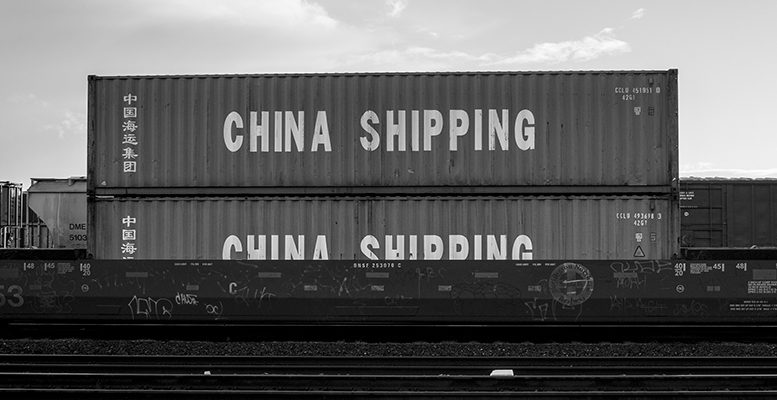Fidelity | Our analysts report that activity in Asia’s extensive network of factories, ports and logistics centres is accelerating as the Chinese economy leaves the blockade behind. Dockside cranes are once again squeaking in some of Asia’s largest ports as production at Chinese factories progressively speeds up, after several weeks of coronavirus-related disruptions.
A leading shipping company has again recorded utilization rates of 70% for its ships on its trade routes within Asia, similar to historical averages and up from 50% at the beginning of February. Within the region, only the levels between China and South Korea have still to fully recover. For their part, the economies of the ASEAN region were only moderately affected by the Chinese blockade in February and rebounded more quickly.
The levels of land-based activity are the result of what can be seen in the seaports. China’s express transport companies have seen sorting centres return to work with utilization rates of over 90 per cent. This has removed bottlenecks in warehouses that stifled activity in February, due to the lack of workers caused by travel restrictions and quarantine measures across the country.
Supply chains are recovering in a wide range of sectors. Chemical company managers have told our industry analysts that China’s rebound has been much stronger than they expected and production capacity is moving to near-normal levels.
Meanwhile, mobile phone and semiconductor manufacturers are set to recover 90% of their normal production by end-March. This compares with rates of under 70% in mid-February. Technology equipment manufacturing stands out as a positive element. This is because of its closely connected network of suppliers throughout the region, thanks to the rapid rebound in demand in China.
Mobile phone sales grew year-on-year in March after the February meltdown. Investment in 5G has also held up, judging by the equipment tenders held over the last few weeks. For example, China Mobile plans to deploy over 232,000 5G base stations and expand coverage to 28 Chinese regions.
The government is lobbying telecommunication firms to speed up deployment as a stimulus measure, which should support component manufacturers in the region. In South Korea and Taiwan, companies along the technology supply chain have been minimally disrupted by the coronavirus outbreak. Factories continued to operate even during the Lunar New Year. And companies with facilities in both Mainland China and Taiwan have worked at their Taiwanese factories at utilization rates of over 100% to compensate for the closures on the Mainland.
At a time when countries are restricting the movement of travellers across their borders, supply chains are being redrawn. For example, The Philippines restricted all movement to and from the main island of Luzon, where Samsung has several back-end memory packaging facilities. This will force a move to Korea and China or production may be cut.
Some technology companies with facilities in Europe or the US expect to increase their market share due to increased logistical difficulties as a result of blockages. One area under scrutiny in the West is healthcare, as many medicines and hospital supplies are manufactured in Asia. But we think these concerns are exaggerated. India is reducing exports of one group of medicines, but only those where shortages have begun to be observed in the country. China supplies 40% of the active pharmaceutical ingredients used in Indian generics, which are then exported to the West. The manufacture of these active ingredients is gradually returning to normal and we estimate that they are at 70-80% capacity.
China is a major exporter of medical supplies such as masks and protective suits. There are increasing voices in the US and the EU calling for a strengthening of domestic manufacturing and less dependence on these suppliers. So far we have not seen a substantial impact, as it makes more sense for Western countries to boost their imports than to bring back the whole supply chain. These supplies are characterised by their low relative added value and their high labour requirements, which is why they started to move to China.
Although Asian supply chains and shipping are regaining momentum, the big threat is the impact of the virus on global demand. Metallurgical and mining companies have seen demand begin to pick up in Asia. However, they are now facing a sharp drop in demand in other regions of the world, particularly in Europe. In fact, this situation is mutating into a supply problem as well, and some supply chains are coming under pressure from the more direct effects of Covid-19; two large copper mining projects have already announced that they are being affected.
Demand for chemicals is also under pressure in China in view of weak car sales.
As for technology (apart from the 5G deployment), the weakness of demand abroad should start to be felt during the next few weeks. But we could also see positive side effects, such as increased demand for teleworking equipment and data centres, and reduced trade tensions between China and the US.
Volatility and uncertainty are likely to remain high for some time as the outbreak spreads and worsens around the world. But in the meantime, the resilience in China’s supply chains and trading networks is encouraging.





